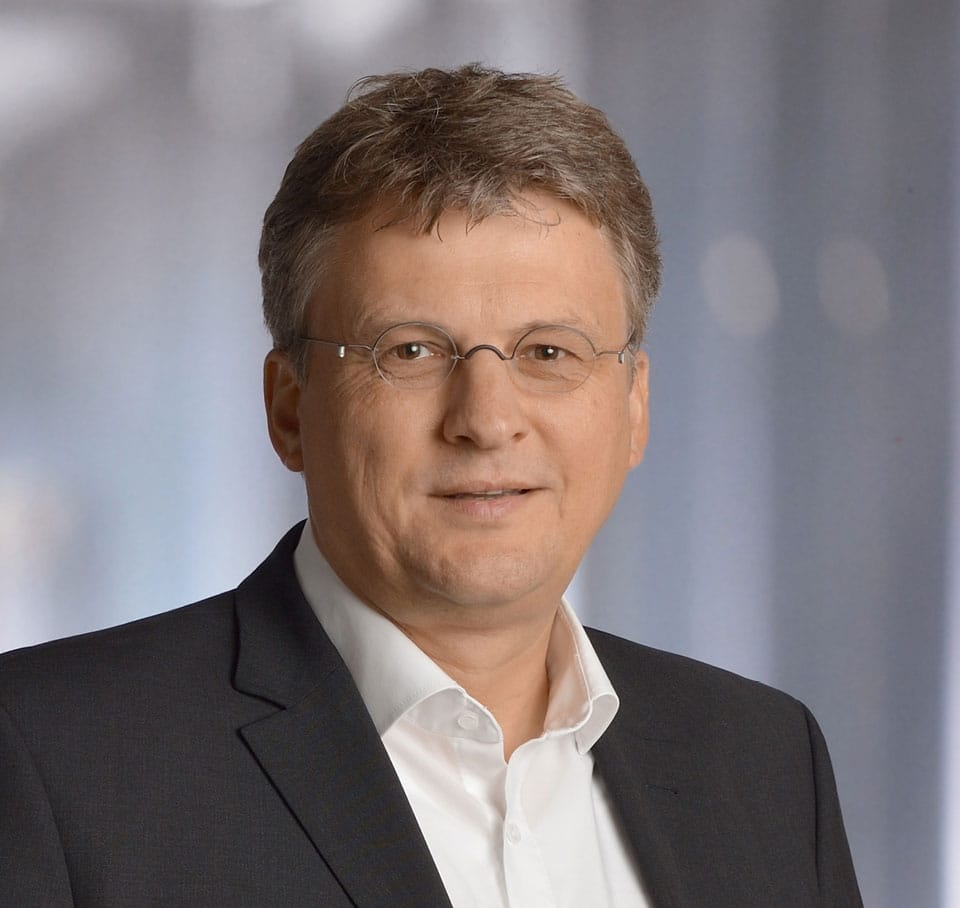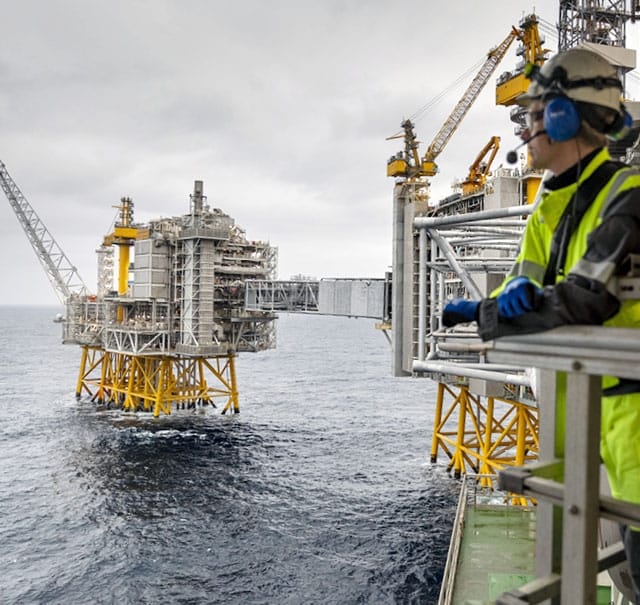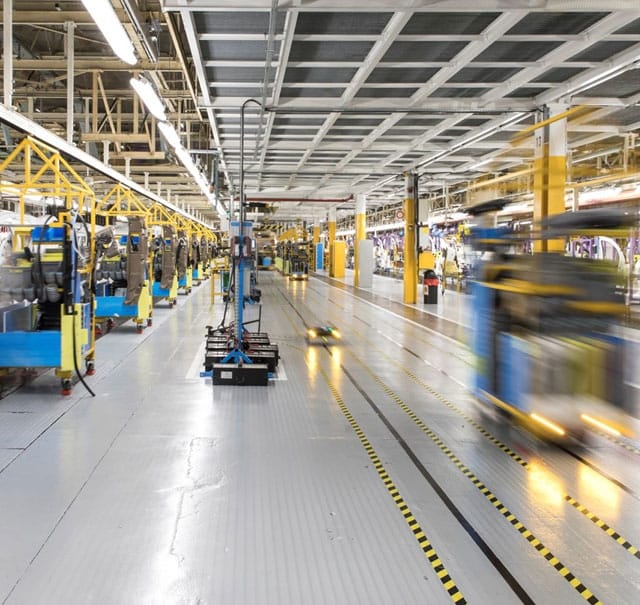OPC UA – Bridging the Gap from the Sensor to the Cloud and Back
A total of 300 billion data transferred via OPC UA to the Google Cloud since 2017

Renault's plant site in Maubeuge in the north of France primarily produces the Kangoo. After producing several generations of Kangoo, the plant has embarked on the path to electric vehicle manufacturing with the production of the Kangoo Z.E.
The Renault Group's production and logistics network comprises 38 production and 13 logistics sites in 16 countries and unites the five car brands Renault, Dacia, Lada, Alpine and Mobilize under one roof.
OPC UA at Renault: 2017 to 2021
Currently, more than 3,300 OPC UA-enabled devices are installed in Renault factories. 300 billion collected data have been communicated via OPC UA since the start of the project in 2017. In total, the 17 production sites generate a data flow of 10,000 messages per second. More than one million measurement points collect data in different formats throughout the production and logistics network. This includes Boolean values, timestamps, analog values, image and table data, among others. Renault uses OPC UA technology for all forms of Industry 4.0 applications. The architecture for data collection and transfer of machine data from production is done via three implemented levels.
The first level is the machine level. At this level, adapter software has been implemented to act as a Unified Data Collector. This software converts an i-protocol that is not suitable for networking into a structured data model that can be communicated via OPC UA. This creates a standardized data structure.
On the second level, the factory level, a software program – DFA for "Data For Aggregator" – is used to aggregate all factory data and transmit it to an internal Renault cloud, and now also to the Google Cloud Platform. The cloud represents the third level of data processing.
Via OPC UA, it is possible to implement uniform data acquisition, interoperability, secure and high-performance M2M communication, as well as the use of edge and cloud computing, big data, machine learning, artificial intelligence and the realization of digital twins in production and logistics.
Read also: Digital Transformation at Groupe Renault.






